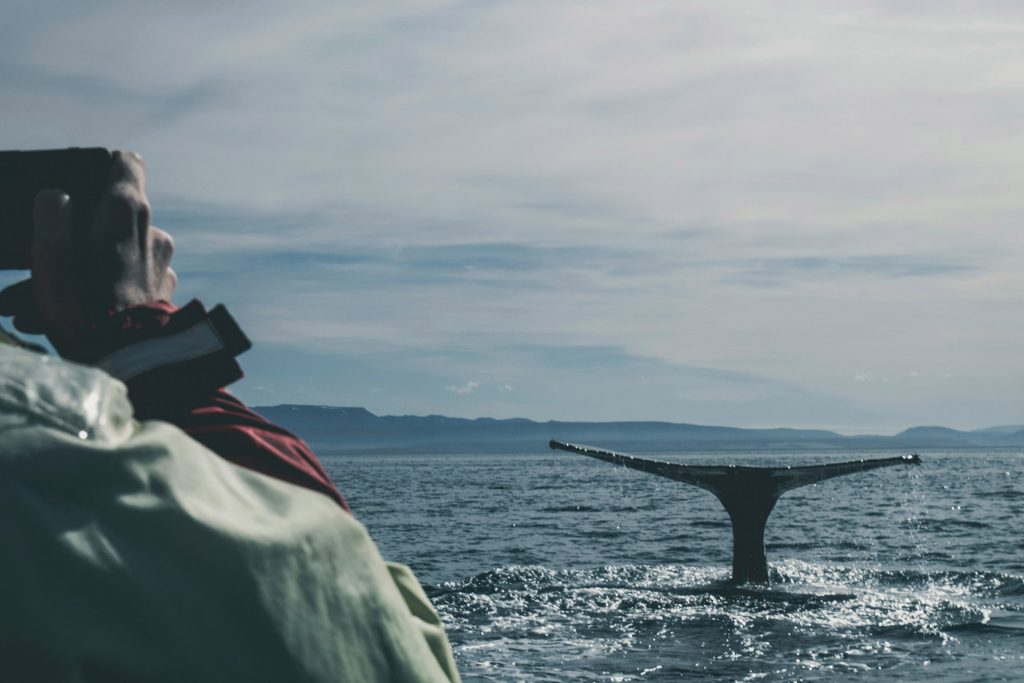Whale watching is one of the most inspiring ways to connect with nature. As much as I love seeing these magnificent creatures in their natural habitat, I also understand the responsibility we all share to protect the oceans and marine life. That’s why I believe in eco-friendly whale watching. It’s not just about enjoying the moment but also ensuring that future generations can share in the wonder of these experiences.
Let me guide you through the importance of eco-friendly whale watching, how to make your trip as eco-friendly as possible, and what we can all do to help protect these incredible animals.
Key Takeaways
- Eco-friendly whale watching minimizes disturbance to whales, reduces environmental impact, and promotes marine conservation.
- Eco-friendly practices for tour operators prioritize safe distances, use quiet engines, and maintain smaller group sizes to minimize disturbance to whales.
- Look for certifications, ask about their practices, and read reviews to identify eco-friendly tour operators.
- Bring reusable items, avoid single-use plastics, and dispose of trash properly.
- Support conservation organizations and spread awareness about the importance of eco-friendly practices.
Why Eco-Friendly Whale Watching Matters
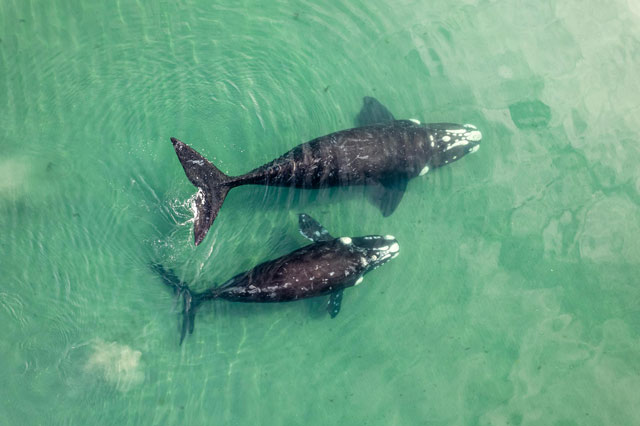
Every time we venture into the ocean, we step into a vast and intricate ecosystem that supports countless species, from microscopic plankton to majestic whales. It’s an awe-inspiring experience, but it also comes with a responsibility: to protect the marine environment we’re so eager to explore.
Eco-friendly whale watching is one of the most sustainable ways to connect with nature. It allows us to appreciate the beauty of marine life without direct exploitation. However, poorly managed tours can have unintended consequences, such as disturbing whales’ natural behaviors, polluting the water, and increasing stress on these incredible creatures. For example, excessive noise from boat engines can interfere with whales’ communication and navigation, while careless practices like chasing whales can disrupt feeding or breeding activities.
By choosing eco-friendly whale watching options, you’re helping to ensure that future generations will have the chance to witness these gentle giants in their natural habitats. Responsible whale watching also raises awareness about the importance of ocean conservation and encourages tourists to support marine protection efforts.
Supporting Responsible Tour Operators
In Montauk, many whale watching companies are committed to sustainable practices. These operators prioritize the well-being of the whales and the environment by following guidelines like keeping a safe distance, limiting boat speeds, and using eco-friendly fuels.
Fun Fact!
Humpback whales are known for their cooperative feeding behavior called “bubble-net feeding,” where a group of whales blows bubbles to herd fish into a tight ball before eating them.
What Makes Whale Watching Eco-Friendly?
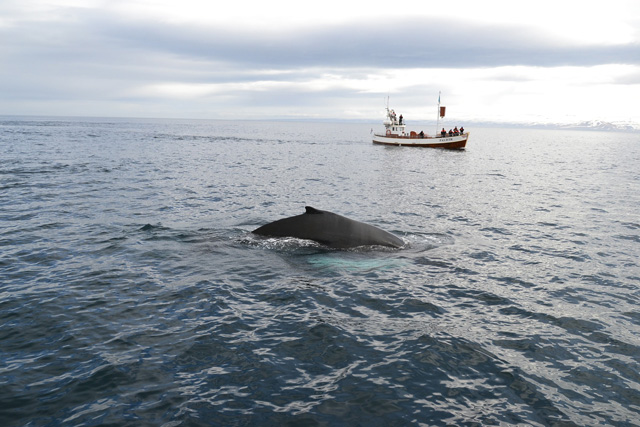
Safe Distances
One of the hallmarks of eco-friendly whale watching is maintaining a safe distance. Boats should never get too close to whales, as this can stress the animals and interfere with their natural behaviors. Responsible operators follow strict guidelines to ensure they’re not disturbing the whales.
Quiet Motors
Modern, eco-friendly boats often use quieter engines to reduce noise pollution. Whales rely on sound for communication, navigation, and finding food, so minimizing underwater noise is essential.
Group Sizes
Smaller group sizes not only enhance your experience but also reduce the impact on the environment. A quieter, less crowded boat creates a more peaceful and enjoyable atmosphere for everyone involved—especially the whales.
How to Identify an Eco-Friendly Tour Operator
Not all whale watching tours are created equal, so it’s important to do a little homework before booking. Here are some tips to help you identify a tour that aligns with your eco-friendly values:
Ask Questions: Don’t hesitate to ask tour operators about their practices. Do they follow local whale watching guidelines? Are their boats designed to minimize noise and pollution? Transparency is a good sign of a responsible company.
Check Certifications: Look for operators certified by organizations like the Whale and Dolphin Conservation Society (WDCS) or similar eco-certification programs. These certifications often signify adherence to sustainable practices.
Read Reviews: Customer reviews can provide insight into a company’s commitment to the environment. Look for mentions of responsible behavior, knowledgeable guides, and respectful treatment of wildlife.
Preparing for an Eco-Friendly Whale Watching Trip
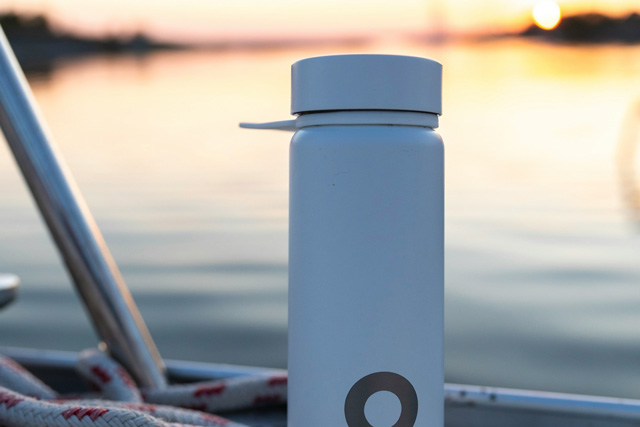
What to Bring
Packing thoughtfully can reduce your environmental footprint. Here’s what I recommend:
- Reusable Water Bottles: Avoid single-use plastics by bringing your own bottle.
- Eco-Friendly Sunscreen: Some sunscreens contain chemicals harmful to marine life, so opt for reef-safe options.
- Binoculars: These help you spot whales from a distance without needing the boat to get too close.
Leave No Trace
Always dispose of your trash properly, and if you see litter on the boat or beach, consider picking it up. Small actions like these make a big difference.
Fun Fact!
Blue whales, the largest and LOUDEST animals on Earth, can communicate with each other over distances of up to 1,000 miles using low-frequency calls!
Learning and Advocating for Conservation
Eco-friendly whale watching isn’t just about enjoying the moment; it’s also an opportunity to learn. Many tours include guides who share fascinating facts about marine life and conservation efforts. By understanding the challenges whales face, such as climate change, plastic pollution, and overfishing, we can become advocates for their protection.
Fun Facts!
- Montauk is a hotspot for humpback whales, which often breach spectacularly, creating unforgettable sights.
- Fin whales are another species frequently seen off Montauk. They are the second-largest whale species, reaching lengths of up to 85 feet!
- Lastly: Dolphins often join the whale watching action in Montauk, playfully riding the waves created by boats.
How to Spread the Word
Sharing your eco-friendly whale watching experience with friends and family can inspire others to choose sustainable options. Post your photos on social media, write reviews for responsible operators, or simply start conversations about marine conservation.
Simple Steps to Help Whales Every Day
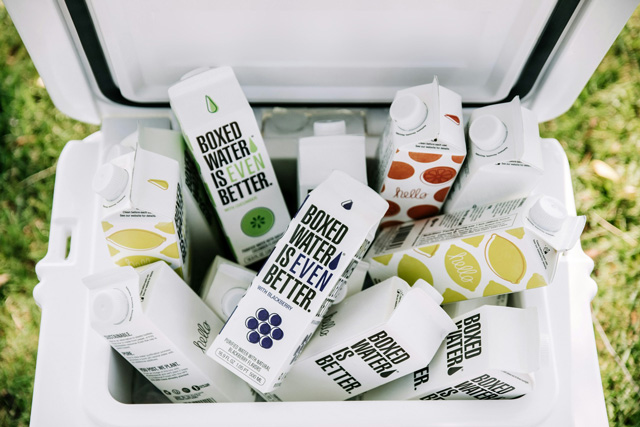
You don’t have to wait for a whale watching trip to make a difference. Here are some everyday actions you can take to support marine life:
- Reduce Plastic Use: Single-use plastics often end up in the ocean, where they can harm marine animals.
- Support Conservation Organizations: Donate to or volunteer with groups working to protect whales and their habitats.
- Make Sustainable Seafood Choices: Overfishing depletes the food sources whales rely on. Choose seafood certified by organizations like the Marine Stewardship Council.
Conclusion
There’s something magical about watching a whale breach the surface or seeing a pod of dolphins play in the waves. These moments remind us of the importance of protecting our oceans. By choosing eco-friendly whale watching, you’re not only creating lasting memories but also contributing to the preservation of these incredible animals and their habitats.

